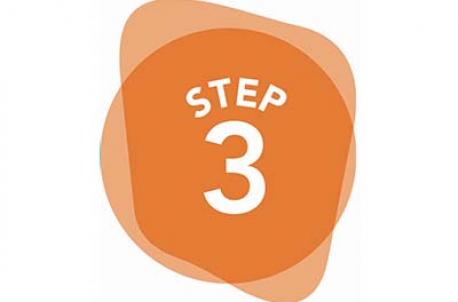
In your role as a knowledge broker, how can you organize for a successful knowledge exchange?
Who should be in your core design and implementation team?
While technical skills needed may vary by project, most knowledge exchange initiatives include a few common roles. A team member may play more than one role in the knowledge exchange. The table below highlights the roles and typical responsibilities of the design and delivery team.
| # | Role | Typical Responsibilities | Related Process Steps |
| 1 | Instructional Designer |
|
|
|
|
|||
| 2 | (Local) Delivery Partner(s) |
|
|
|
|
|||
| 3 | Professional Facilitator |
|
|
|
|
|||
| 4 | Project Leader |
|
|
|
|
|||
| 5 | Communications Coordinator |
|
|

 China
China Colombia
Colombia Denmark
Denmark India
India Indonesia
Indonesia Mexico
Mexico Russian Federation
Russian Federation Spain
Spain United Kingdom
United Kingdom